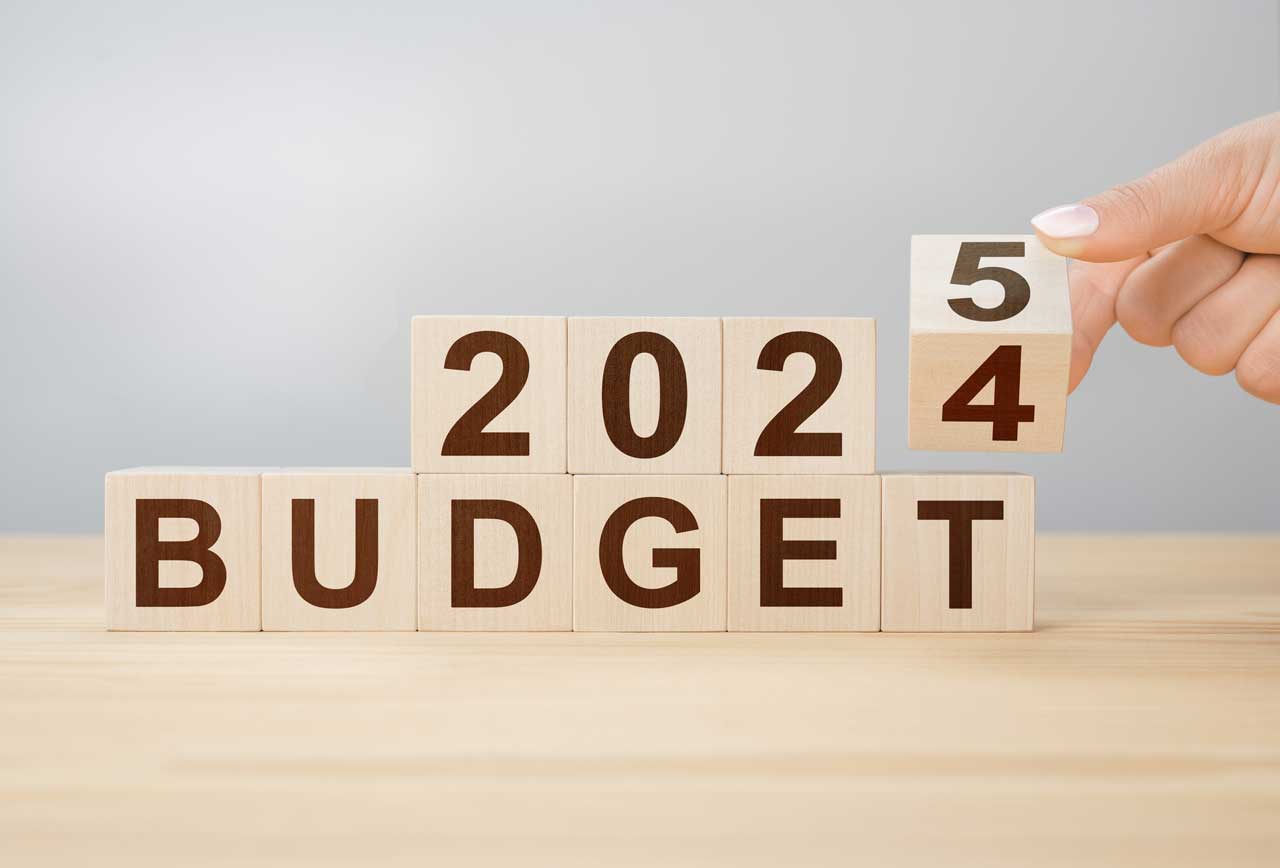Make a Personal Budget
Regardless of how you ultimately decide to reduce your credit card debt, the most important thing you can do for your financial health is to document it. Making and having a personal budget frees you up to think about more entertaining topics. More importantly, it allows you to see, in one place, where your money is coming from and where it’s going. Most importantly, it enables you to develop a money-management strategy.
Creating a personal budget doesn’t need to be complicated. In reality, your budget can be as simple as a list of your liabilities with payment dates or as complex as a well-laid-out spreadsheet. Most fall somewhere between. A pencil and paper work just fine for the task.
A simple trick for getting started is to use bank statements from the past few months to list your spending. Once created, use your budget to identify unnecessary spending and redirect at least some of those funds toward paying down credit card debt.
Prioritize Reducing Credit Card Debt
There are multiple ways to pay down credit card debt. While many consumers simply pay as much as possible in multi-pronged brute-force attacks, more streamlined and practical methods exist.
Using the money you’ve earmarked in your budget to pay down credit card debt, follow an avalanche or snowball method to maximize your results. Both methods are individual sides of the same coin, and both speed up the process of paying down debt in a manageable way.
Avalanche Method
The avalanche method works by minimizing your interest payments over time by quickly reducing the amount you owe on your most expensive debt.
First, choose the credit card debt charging the highest interest rate, regardless of the balance. Then, while continuing to pay the minimum monthly payments on all your other credit cards, use the money you’ve set aside for debt reduction to make larger payments on the high-interest one.
Once it’s paid off, move on to the next highest-interest debt and repeat the process by adding the amount you were paying on the first and the minimum you’re already paying on the second.
The process requires patience at first, as it may seem slow. However, once a few high-interest debts are paid off, you’ll notice the speed pick up at a compounding rate.
Snowball Method
Virtually the same as the avalanche method in theory, the snowball method attacks your credit card debt by targeting the smallest debts first and carrying over the amount paid each month to the next highest debt. The snowball method is excellent for those who like to see results quickly.
Consolidate Your Credit Card Debt
Managing your credit card debt to a single, lower monthly payment is possible through debt consolidation. If you’d rather not fuss with avalanches and snowballs, you can almost immediately stop paying high interest on your credit cards with the right debt consolidation strategy.
A top debt consolidation company can create a personalized payment plan that simplifies multiple monthly payments into a single, manageable payment, helping you save both money and stress.
Before choosing a provider, plan to do some research first. Read reviews of the top companies and find the one that fits your needs.
SEE THE BEST DEBT CONSOLIDATION COMPANIES
Reduce Spending and Credit Card Use
After taking control of your credit card debt and reducing it significantly, be cautious of acquiring new debt. Many consumers fall into the trap of having more room between their credit card balances and their spending limit. Use your budgeting skills and information to reduce your overall spending and avoid using credit cards.
Take Advantage of Home Equity
If you’ve been living in your home and making payments for several years, you likely have some equity that you may be able to take advantage of. Home equity lines of credit and home equity loans can be excellent tools to help reduce high-interest credit card debt.
Homeowners with at least 20% equity in their homes can use these tools for all kinds of reasons, one of which is to help get out of other, higher-interest debt, such as credit cards. Because you’re taking out a secured loan to pay for unsecured debt, the interest rate is typically far lower.
However, your home will act as collateral on the loan, and it’s crucial to understand how taking out a second mortgage can affect your living situation if you’re unable to pay back the loan as agreed. The best action is to discuss this option with a trusted banking provider or qualified financial professional.
Get A Free Credit Card Debt Payoff Plan
If you’re living with over $20,000 in credit debt you need to try this approach to help you take back control of your finances. If you’re unsure about debt consolidation, try a free 2-minute consultation with a top company that can show you your potential savings and explain how the process works.
Seniors are saving thousands of dollars using this method without taking out a loan. If you’re interested at all this company offers a free, no-obligation savings plan consultation and is ranked number #1 on our top debt consolidation list for 2025.


